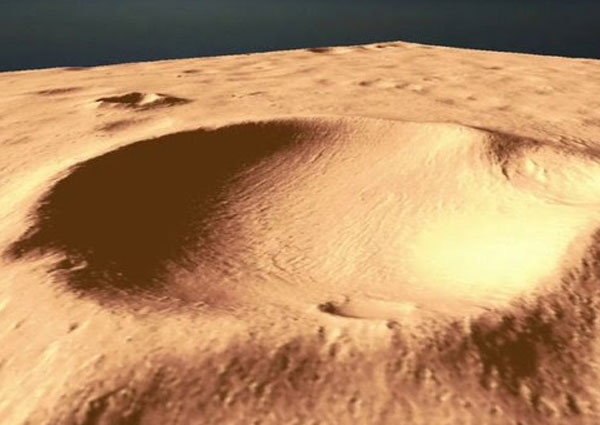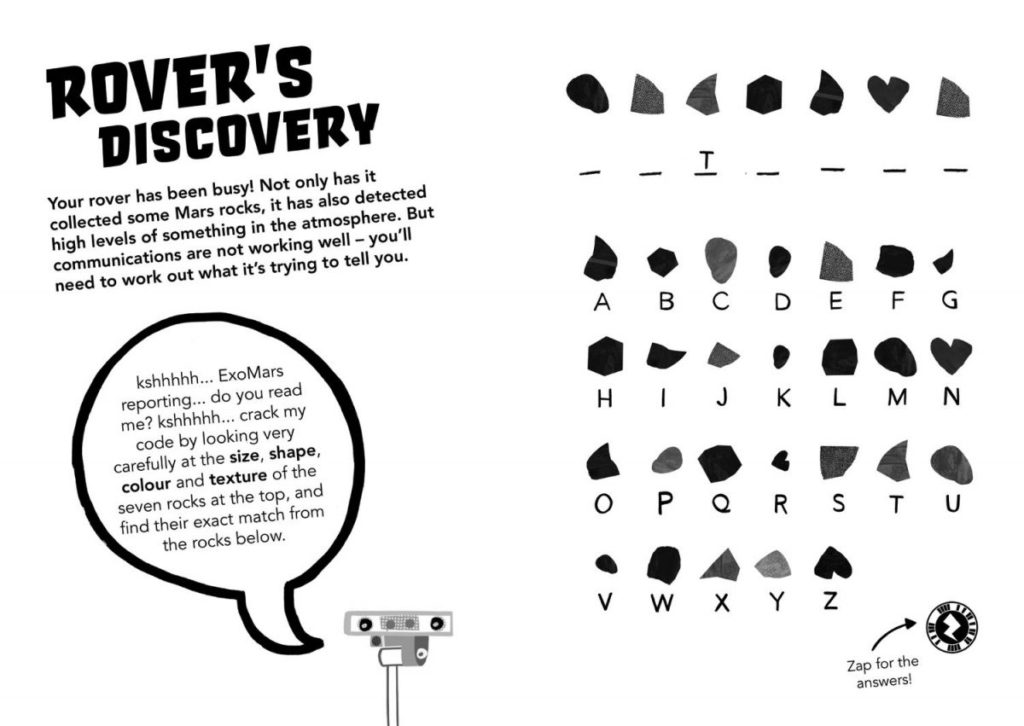This will help scientists and the team working on the rover mission understand the geography of the region and plan the path of the rover around the site.
In this animation, which covers a section of the landing area measuring 120 x 19 km, you’ll spot the eroded crater towards the edges of the ellipse and notice that closer to the centre, the terrain is rather flat. An ideal spot for landing and operations!
The DTMs are created using high-resolution imagery from the HiRISE instrument on NASA’s Mars Reconnaissance Orbiter. Similar to creating normal 3D pictures, the HiRISE imagery of the terrain was created by combining two images from slightly different angles to create a 3D picture of the landscape. The team creating the images also used an innovative technique called ‘Shape from Shading’ where by looking at the intensity of the light reflected in the image, they can translate that information onto surface slopes. Combining this information with the dual angled images, scientists get the best possible reconstruction of the landscape — even down to details such as dune ripples!
The Oxia Planum region shows signs of having layers of clay-rich minerals that were formed in wet conditions around four billion years ago. The rover’s mission is to examine the site for signs of biosignatures (indications of the signs of early life) so a site like Oxia Planum which would have once been a large body of water, is the perfect spot to start drilling.
Watch the video below:
Click here to watch off YouTube.
Find out more information on the ESA website.
What has your rover discovered? Rover’s Discovery, Activity 4.2 of the Mars Diary, uses the premise of rock samples collected by the ExoMars rover to help students practise their visual differentiation skills to crack the code. It also provides an opportunity for students to consider the differences between robotic and human exploration. Download the activity and accompanying teaching notes here.




